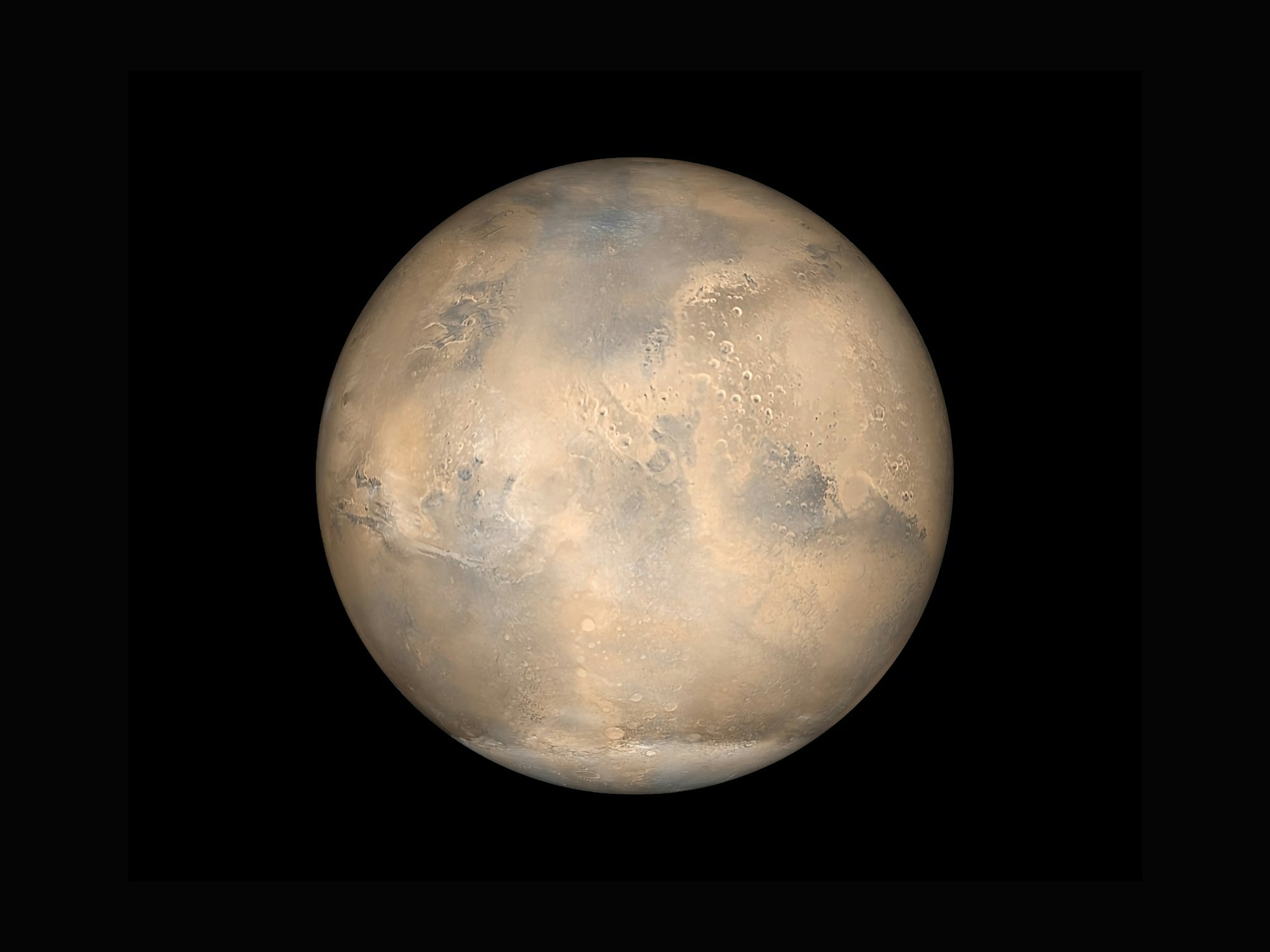Artificial intelligence (AI) will be a big component of NASA’s return to the Moon. AI in space exploration makes processes more efficient by using algorithms like deep learning or computer vision for exploring Mars and beyond.
With NASA aiming to establish a base on the surface of the Moon and in orbit by 2028, it’ll be using both new and cutting-edge technologies for the success of the Artemis mission. It’ll explore more of the Moon than before, with the potential to be a pitstop for a crewed mission to Mars down the line.
In this article, we’ll explore a few ways in which AI can help NASA with its goal of returning to the Moon, including:
- What is the Artemis mission?
- System Invariant Analysis Technology (SIAT)
- Amazon Alexa on Artemis I
- AI-driven planetary navigation
- Artificial intelligence assistants
- Autonomous exploration probes
What is the Artemis mission?
Artemis, or “Acceleration, Reconnection, Turbulence, and Electrodynamics of Moon’s Interaction with the Sun” has several components:
- A space launch system (SLS) rocket
- A lunar landing system (Human Landing System)
- The Orion spacecraft (to transport astronauts to the Moon)
- A Lunar Gateway (astronauts’ home on the Moon)
The mission has three stages planned.
Artemis I
The first mission, which will test the SLS, is crewless and will test flight Orion around the Moon and back. The first launch window is August 29, 2022, with a second on September 2, and a third on September 5.
The SLS rocket is set to leave launch block 39B at the Kennedy Space Center in Cape Canaveral, leaving Orion in space for up to six weeks, before it splashes down off the San Diego coast.
Artemis II
The first crewed test flight around the Moon to showcase Orion systems as being ready to support astronauts on long-term missions. It’ll also let the crew practice vital operations for the success of Artemis III.
Artemis III
The return of mankind to the Moon, where the first woman will land on the surface.

1. System Invariant Analysis Technology (SIAT)
The Orion capsule is vital for the missions. Created by the Lockheed Martin laboratories, Orion is the spaceship that will make sure astronauts can get to the moon and back, safe and sound.
The laboratories used various advanced technologies, including SIAT, or System Invariant Analysis Technology, which is an artificial intelligence that was developed by NEC Corporation.
This technology was used when Orion was being tested to analyze the unparalleled amount of data created. It had to look over data from 150,000 sensors and it ended up establishing more than 22 billion logical relationships for analysis.
SIAT is a great tool to analyze systems’ behavior and detect anomalies. Due to its success, SIAT will continue to be used in the Artemis program.
Learn more about SIAT below:
2. Amazon Alexa on Artemis I
Alexa, according to NASA, has been fed into ‘Callisto’, which is a technology demonstration, developed through the agreement with Lockheed Martin laboratories.
The laboratories plan to integrate Alexa, alongside Cisco’s Webex video, into NASA’s Orion – the spacecraft for Artemis I. The aim is to showcase how astronauts and flight controllers can use a human-machine interface for space exploration.
The Callisto device is going to be embedded into the Orion spacecraft’s center console, where Alexa will help to communicate with mission controllers at the Johnson Space Center. Engineers will use NASA’s Deep Space Network to make sure Alexa can work in space.
If you have Alexa-enabled devices, you can ask mission-related questions from home. Callisto can offer practically real-time data, answering questions from space.
Just say, “Alexa, take me to the moon” and you can follow along.
3. AI-driven planetary navigation
How can astronauts navigate on the surface of the Moon?
With only a very brief human exploration of the Moon by the Apollo 11 astronauts, whose movements could fit inside a football field, it’s important to have a navigation system so Artemis astronauts can find their way.
In 2018, researchers from NASA’s Frontier Development Lab worked to solve the main issues involved in space travel and extraterrestrial colonization. Andrew Chung, Philippe Ludvig, Ross Potter, and Benjamin Wu developed an AI-powered planetary navigation system, recreating an accurate simulation of the surface of the Moon and its environment.
This allowed the creation of a system in which astronauts could take a photo of where they were on the Moon’s surface, and then deep learning algorithms would match it to the simulation and let them know their location. Although the system still requires some finetuning for open space navigation, it’s a big step towards what’s needed.
4. Artificial intelligence assistants
Similarly to Alexa and its integration in Callisto, artificial intelligence assistants have already been tested in space. CIMON-2, or a Crew Interactive Mobile Companion, took a two-day trip to the International Space Station (ISS).
Developed by IBM and Airbus, it can talk to people and recognize them based on facial recognition software. CIMON can also fly around the spacecraft to where it’s needed, alongside being able to access relevant information to offer astronauts the information they require.
5. Autonomous exploration probes
Space probes, like Vikings 1 and 2 that were sent to Mars in 1976, are important resources for space exploration, as they can travel to inhospitable environments where humans aren’t capable of surviving.
However, probes have limited computing power, and their distance from Earth translates to delays in communication between scientists on our planet and instructions sent to space, leading to vital data not being collected in a timely manner.
Drs. Steve Chien and Kiri Wagstaff from NASA’s Jet Propulsion Laboratory have predicted that space probes’ behavior will be controlled by artificial intelligence in the future, not humans on Earth.
AEGIS, or Autonomous Exploration for Gathering Increased Science, is a new software in development, using deep learning algorithms to know which areas or objects probes will examine. Similar technology was used for Spirit and Opportunity, the 2003 Mars rovers.



 Follow us on LinkedIn
Follow us on LinkedIn



